Since the dawn of time, chocolate and coffee have been a match made in mocha heaven, hence why these homemade chocolate covered coffee beans is something you simply must try.
They are a great crunchy treat to serve with coffee after a meal, snacks on-the-go or to keep by your desk whilst working.
These beans are super simple to make and you can coat them in your favourite variety of chocolate, from the darkest dark to the milkiest of white. No judgies. Our absolute favourite chocolate to pair with coffee beans is ruby chocolate. Give it a go!
For more coffee recipes, try this iced coffee with condensed milk and this 3-ingredient coffee mousse!
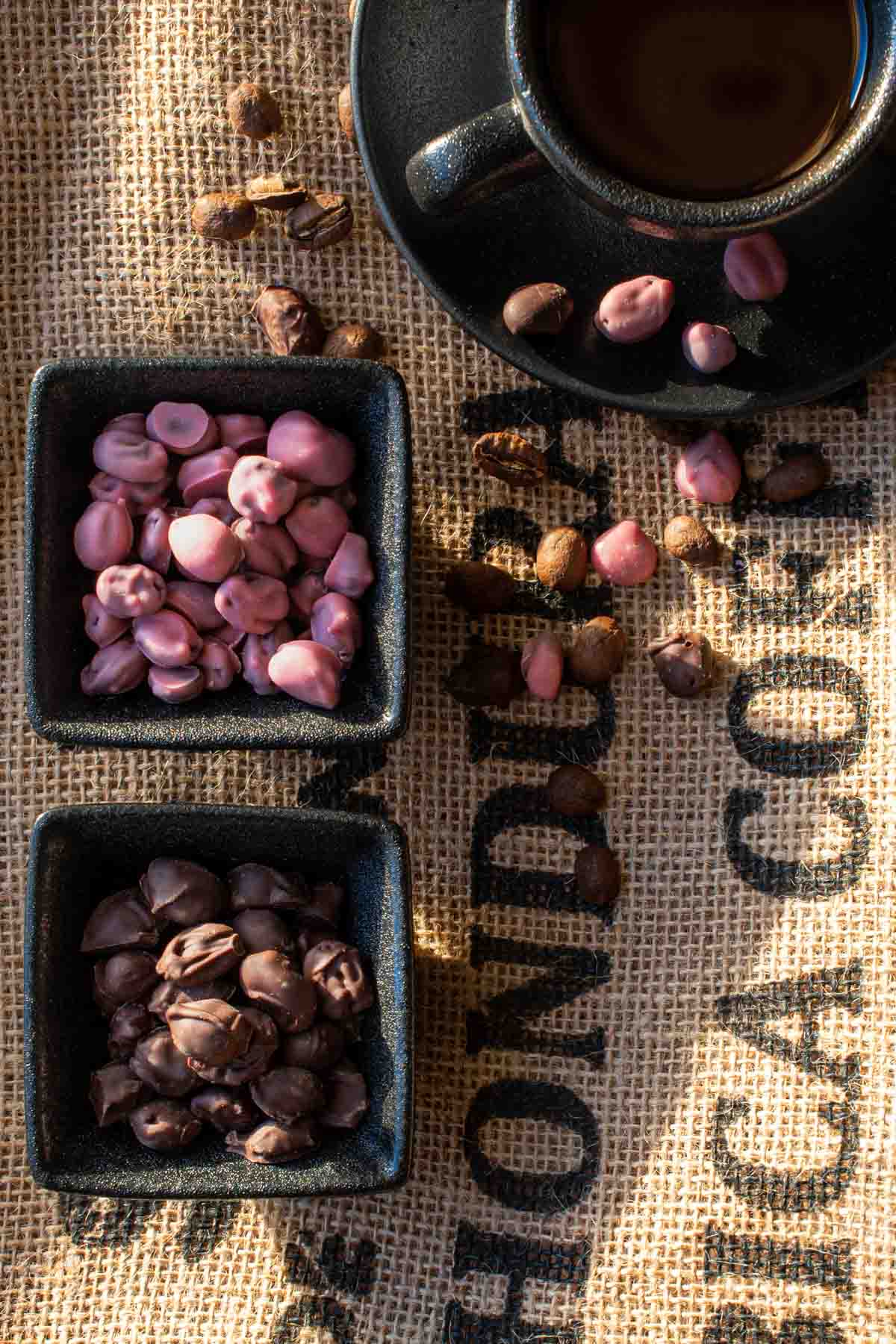
Jump to:
What you'll love about this recipe
- Making chocolate coated coffee beans at home is much simpler than you think, saving you from paying exorbitant prices for store-bought ones.
- Choose your favourite type of chocolate to coat the coffee beans or experiment with different flavours.
- Keep them on hand for a quick coffee fix whenever you need a little pick-me-up during the day.
- They are gluten-free, so everyone can enjoy them.
Key ingredients and substitutions
Whole coffee beans
When making chocolate-coated coffee beans at home, high-quality Arabica coffee beans are the best option.
Arabica coffee offers a sweeter, more nuanced flavour profile that pairs well with chocolate. The flavours are balanced, so the chocolate and coffee complement each other nicely.
In contrast, Robusta coffee beans have a harsher, more bitter taste that can overpower the chocolate. Robusta beans also contain nearly twice as much caffeine as Arabica. This strong caffeine kick could make Robusta beans too intense when coated in chocolate.
So, for best results, opt for fresh roasted Arabica beans. Their smooth yet complex flavours will allow the delicate coffee notes to shine through the chocolate coating without dominating it. The Arabica bean's lower caffeine content also prevents the chocolate coffee beans from becoming too caffeinated.
Chocolate
Choose your favourite chocolate, or choose them all and make a combination! Our personal favourite chocolate to use is pink ruby chocolate. There is a very slight tartness to it and it compliments the coffee perfectly. It also looks good!
If you're struggling to find ruby chocolate, we use Callebaut's.
You don't have to use the best chocolate out there, but bear in mind that too low a quality will really diminish the flavour and the look of what's supposed to be quite a luxurious treat.
If you're after really glossy looking chocolate coffee beans, you may want to consider tempering the chocolate. Alternatively, just coat the finished beans in a dusting of good quality cocoa powder.
- Milk chocolate - The sweetness and creaminess of milk chocolate pair nicely with the bitterness of coffee beans. It creates an approachable, crowd-pleasing flavour profile.
- Dark chocolate - The intensity of dark chocolate stands up well to coffee's robust flavor. It offers a luxurious, sophisticated chocolate-coffee taste.
- White chocolate - White chocolate is sweet and delicate, contrasting with coffee's boldness. The white chocolate flavours remain pronounced.
- Ruby chocolate - Ruby's berry-flavoured notes add a fruitiness that works well with coffee. It provides a unique chocolate-fruit-coffee blend.
How to make chocolate covered coffee beans
- Prepare your work area by laying out a sheet of baking/parchment paper or wax paper on your countertop. Also, place two forks within easy reach near your workspace.
- Melt the chocolate in a double boiler, or place a heatproof glass or metal bowl over a saucepan containing simmering water, making sure the bottom of the bowl does not touch the water.
Alternatively, you can also melt the chocolate in the microwave. Give it a quick stir at 15-second intervals until melted. Be careful not to burn the chocolate.
- Once the chocolate is completely melted, remove the bowl from the heat and stir in all of the coffee beans at once.
- Move the beans around in the melted chocolate using a spoon or spatula to ensure that each individual bean is completely coated.
- Using one fork, lift a few chocolate-covered beans up and out of the bowl. Then, use the second fork to individually drop one bean at a time onto the prepared paper.
If you have any beans sticking together, simply use the forks to gently pry them apart on the paper.
- Allow the chocolate coating to fully set and dry, which will take approximately 20 minutes at room temperature. For faster drying, you can place the beans in the fridge by transferring them onto a cookie sheet.
- If you'd like, you can do a second coating of chocolate by repeating the process to add an extra layer of chocolate around each coffee bean.
Serving suggestions
- Cover your homemade chocolate beans in a dusting of good quality cocoa powder.
- Serve in small dishes after dinner as an elegant dessert or adult party favour.
- Pair with fresh fruits like strawberries or oranges for a flavour contrast.
- Serve on top of coffee or chocolate ice cream.
- Prepare in themed flavours/colours for holidays like red and pink for Valentine's Day. You can use gel food colouring with white chocolate to create any colour you'd like.
- Arrange creatively on a platter for a dessert table or coffee bar.
- Display in clear containers or jars as an office snack.
- Makes a great topping for a coffee cake or coffee flavoured cupcakes.
- Serve alongside or on top of coffee mouse.
- Use as decoration on top of coffee cookies.
- Serve alongside a tall glass of cold iced coffee with condensed milk.
Gifting ideas
- Package in cellophane bags or boxes tied with ribbon to give as edible gifts.
- Create customised labels or tags with a name or monogram for personalised gifts.
- Mix coffee varieties or chocolate types for an assorted gift box for a coffee lover.
- Gift with a bag of specialty coffee beans for a gourmet foodie gift.
Storage
Keep the chocolate coffee beans in an airtight container. It will keep for up to 3 months.
FAQ
You will find roughly 6 milligrams of caffeine in a single coffee bean. There will also be a very small amount of caffeine in the chocolate surrounding each bean.
If you are sensitive to caffeine, then yes, you will get a caffeine buzz from it and it will keep you awake if you overconsume.
This will depend on various things, like how finely the beans are ground, but on average there are between 90-150 beans in a 350ml coffee.
Yes, they are.
More recipes using coffee
Recipe
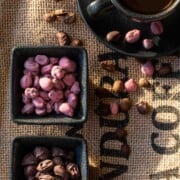
Chocolate covered coffee beans
Ingredients
- 20 gram coffee beans - medium to light roast works best
- 60 gram chopped chocolate - dark, milk, white or ruby
Instructions
- Prepare your work area by laying out a sheet of baking/parchment paper or wax paper on your countertop. Also, place two forks within easy reach near your workspace.
- Melt the chocolate in a double boiler, or place a heatproof glass or metal bowl over a saucepan containing simmering water, making sure the bottom of the bowl does not touch the water.Alternatively, you can also melt the chocolate in the microwave. Give it a quick stir at 15-second intervals until melted. Be careful not to burn the chocolate.
- Once the chocolate is completely melted, remove the bowl from the heat and stir in all of the coffee beans at once.
- Move the beans around in the melted chocolate using a spoon or spatula to ensure that each individual bean is completely coated.
- Using one fork, lift a few chocolate-covered beans up and out of the bowl. Then, use the second fork to individually drop one bean at a time onto the prepared paper. If you have any beans sticking together, simply use the forks to gently pry them apart on the paper.
- Allow the chocolate coating to fully set and dry, which will take approximately 20 minutes at room temperature. For faster drying, you can place the beans in the fridge.
- If you'd like, you can do a second coating of chocolate by repeating the process to add an extra layer of chocolate around each coffee bean.
**Nutritional data disclaimer**
Please keep in mind that the nutritional information provided below is calculated by a third party and we cannot guarantee the accuracy. We try our best to give you the most accurate information, but we do not take responsibility for errors that may be present. Also, the nutritional value of the recipe may change depending on the exact brands and products used. We recommend that you consult with a qualified healthcare professional or registered dietitian for personalised advice on your dietary needs.


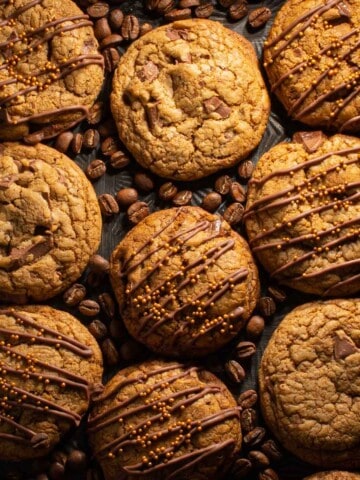
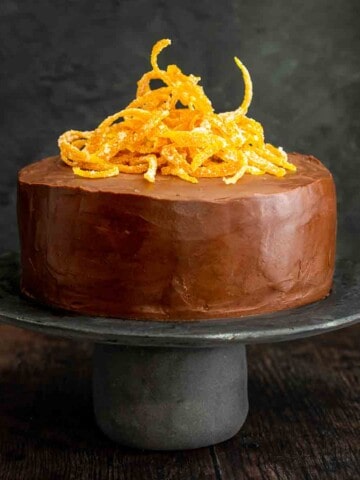
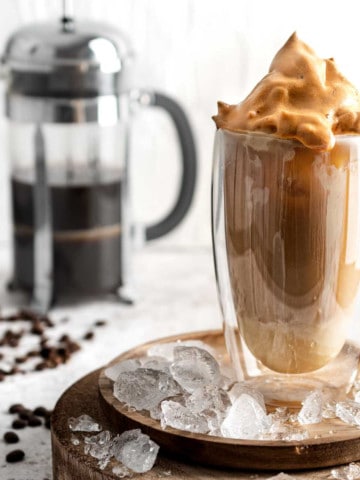
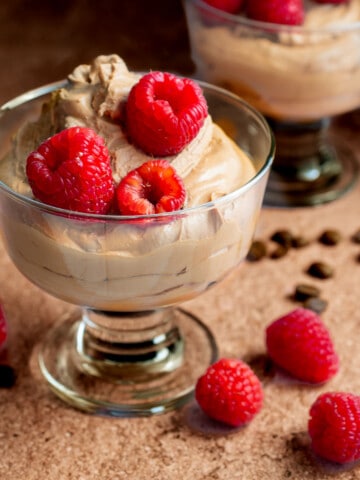

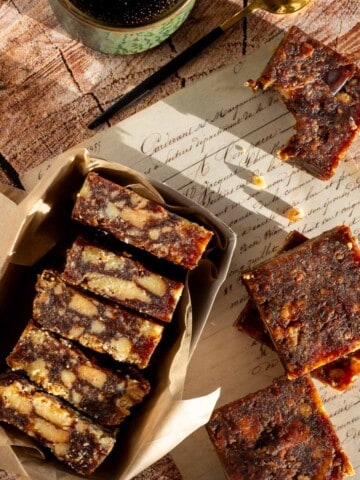
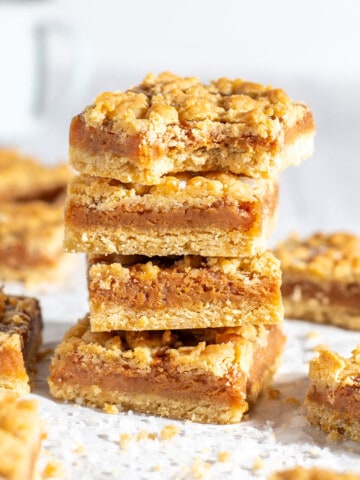
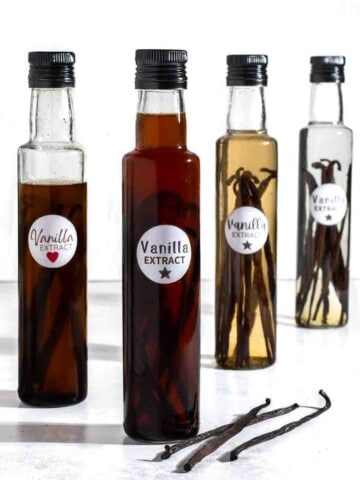
Leave a Reply